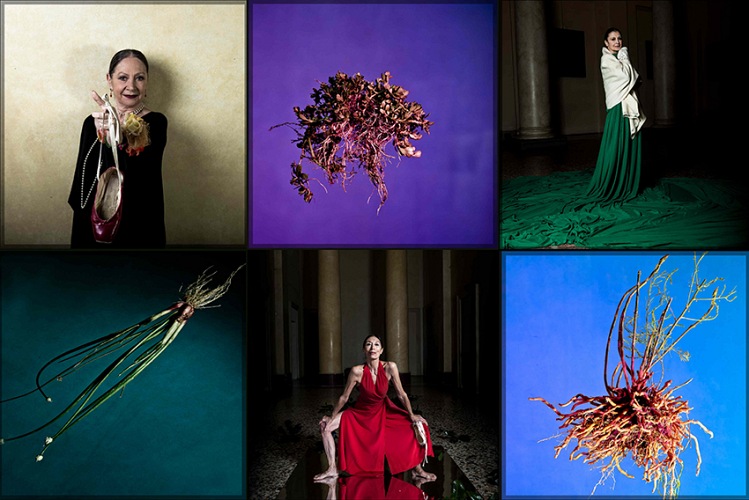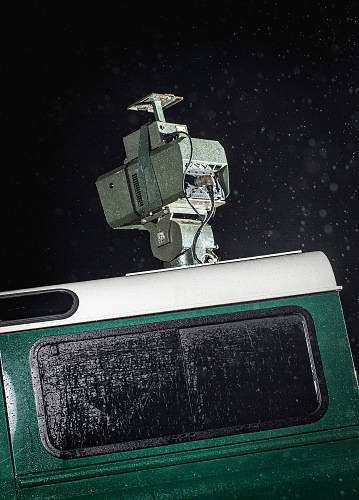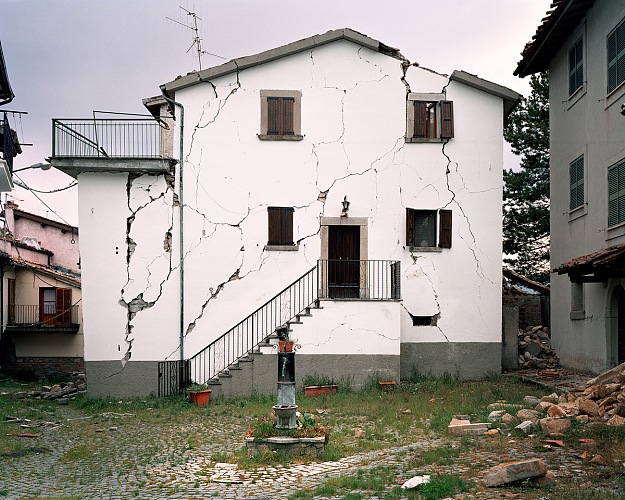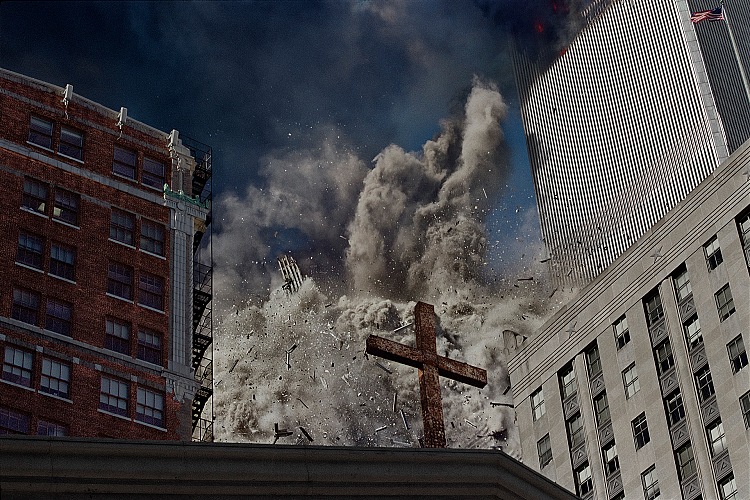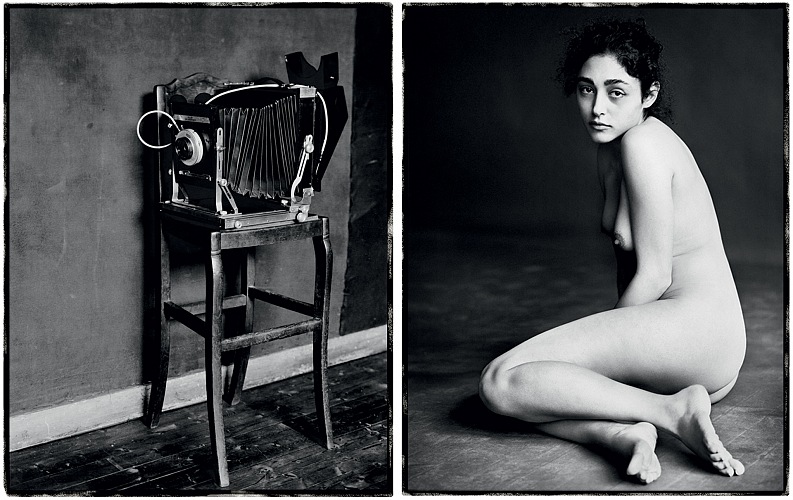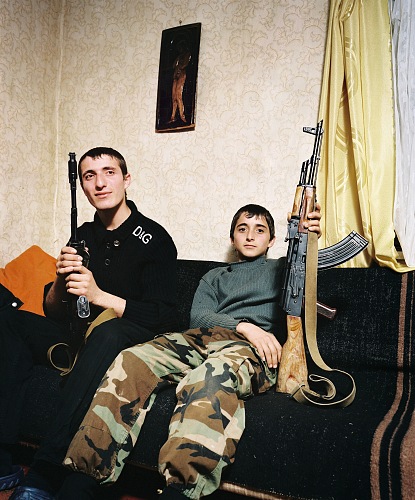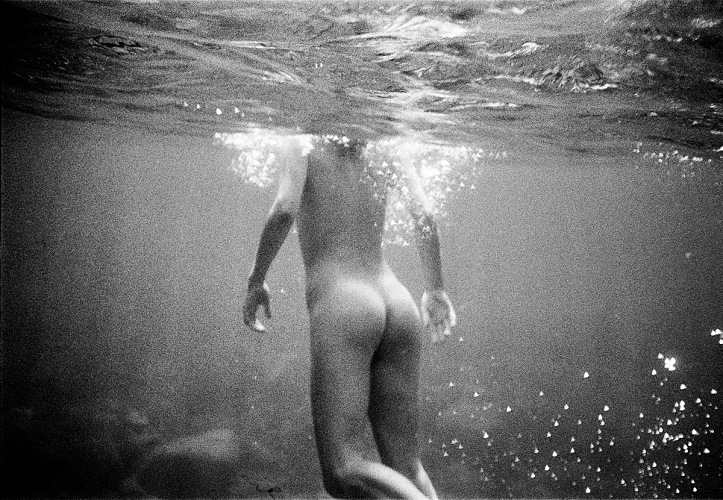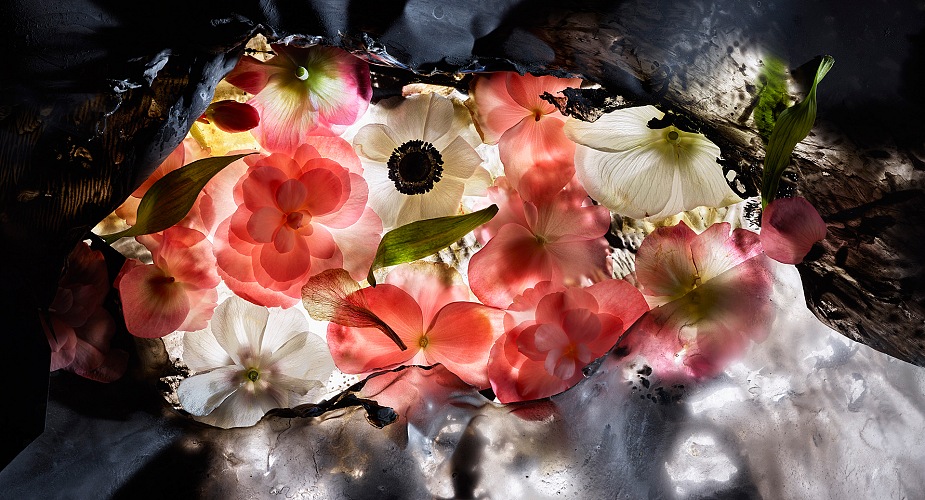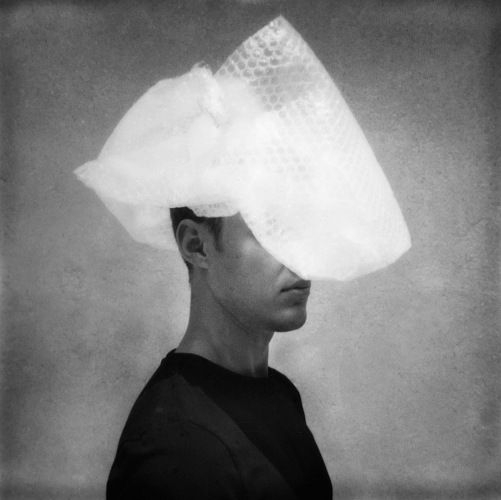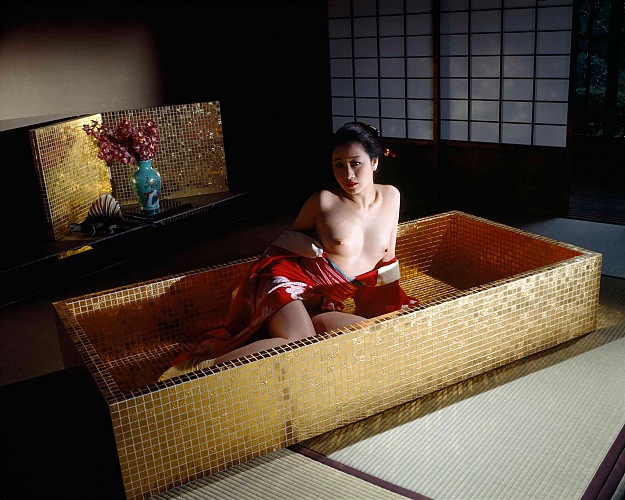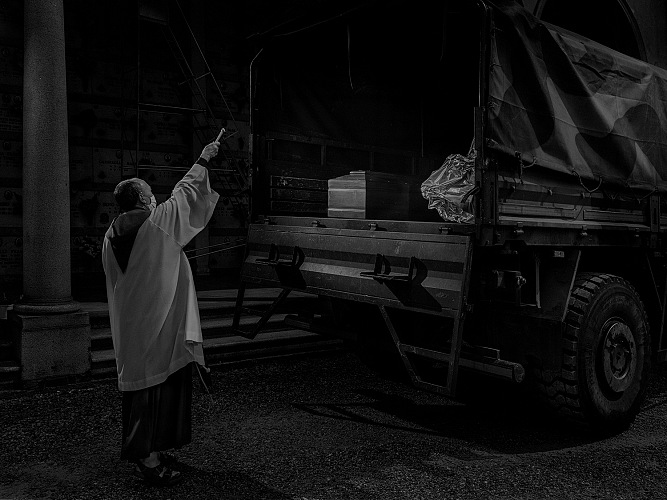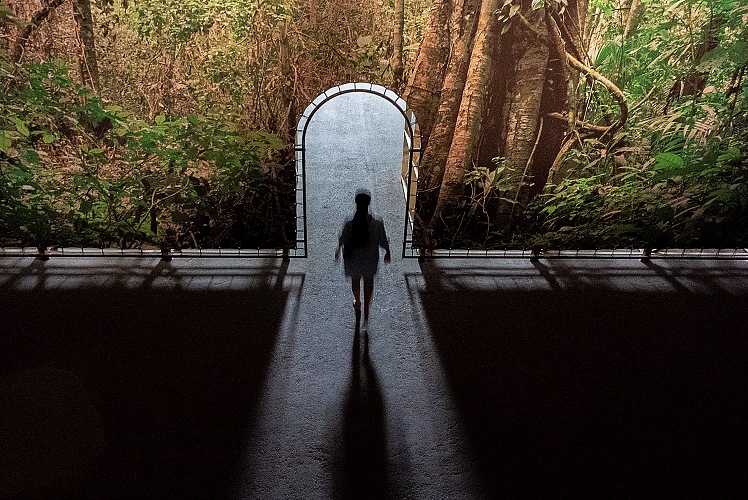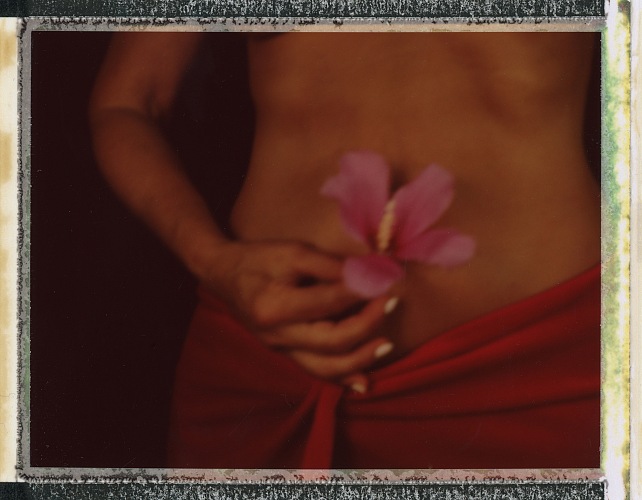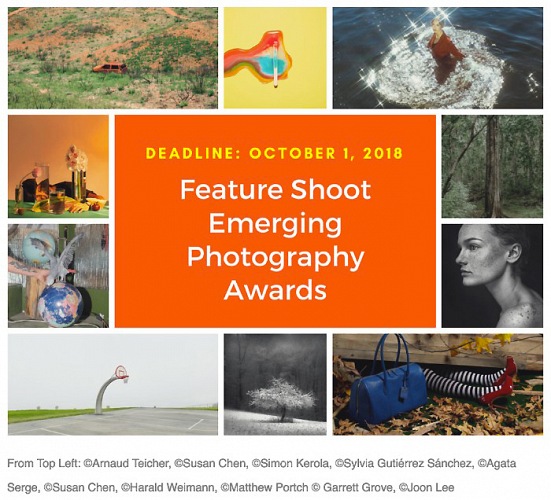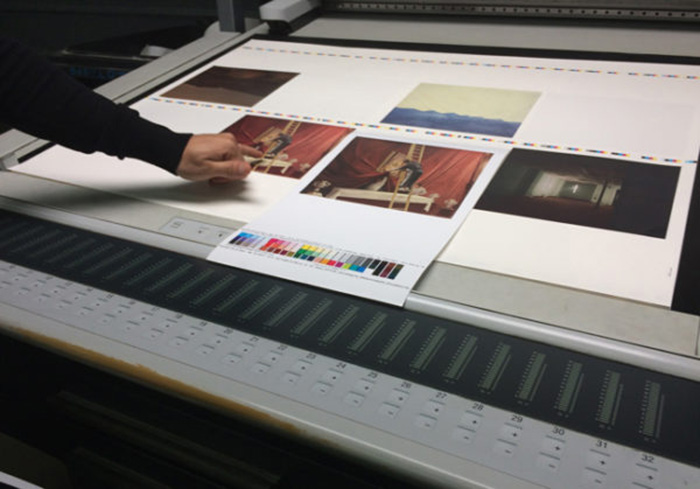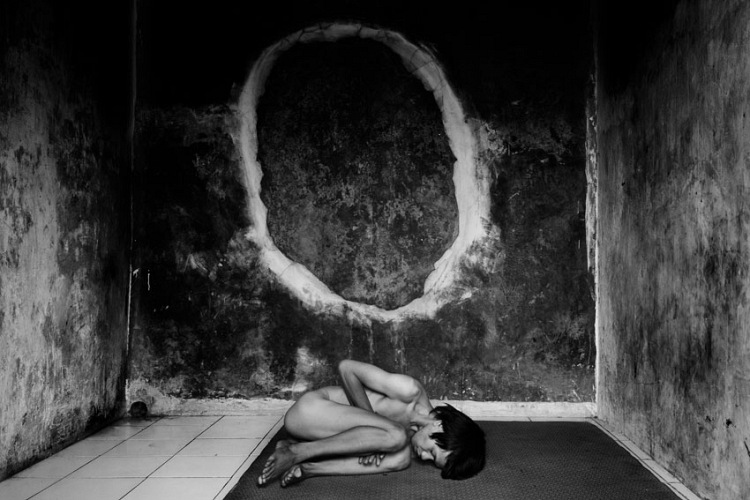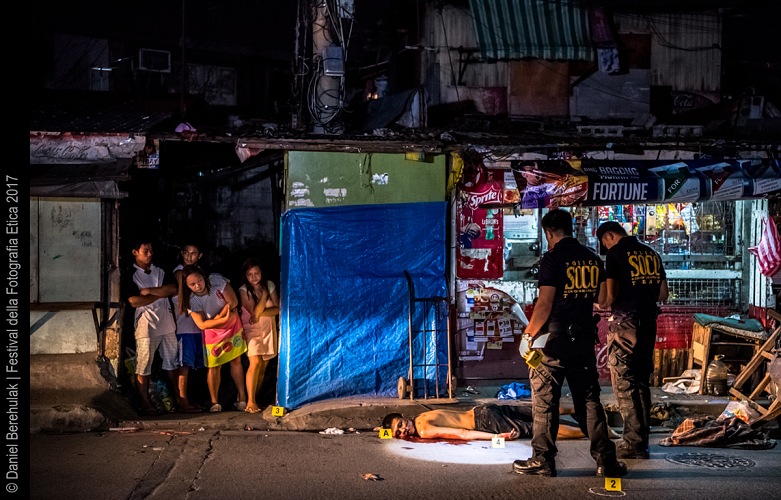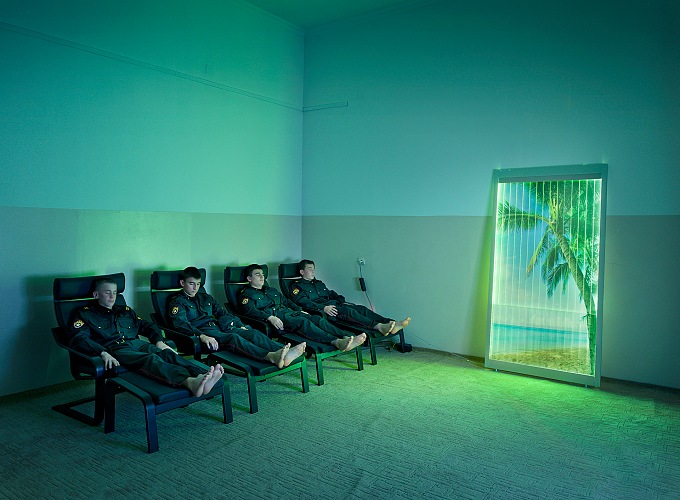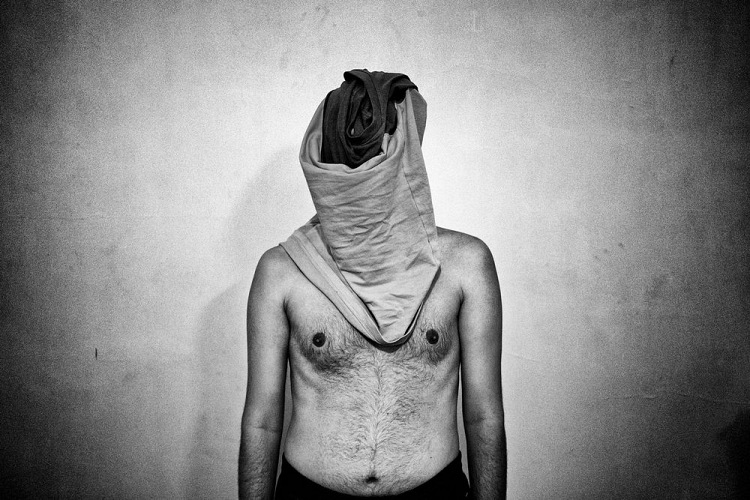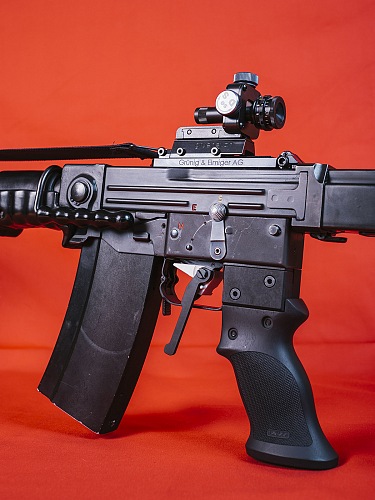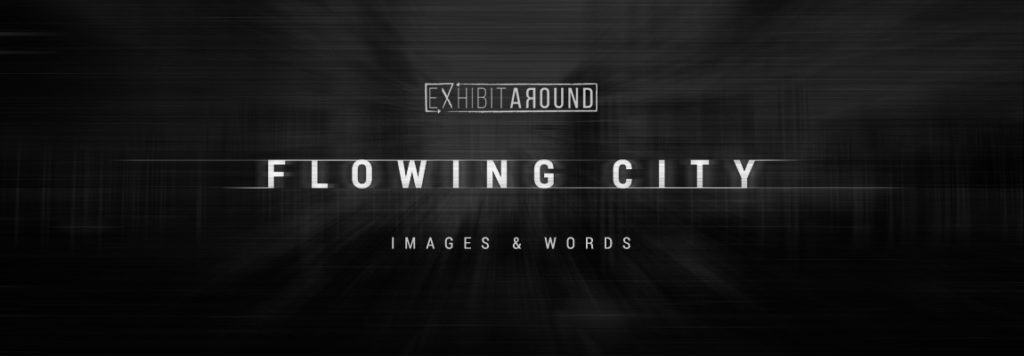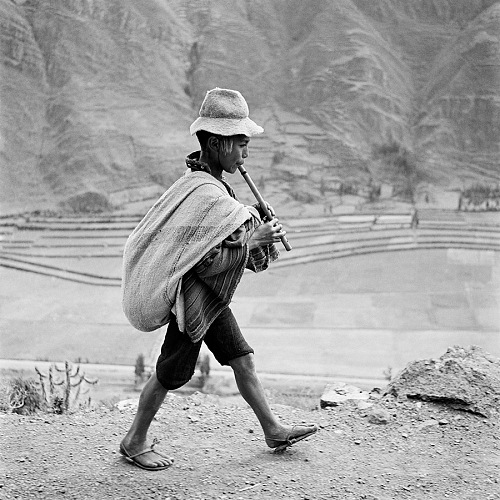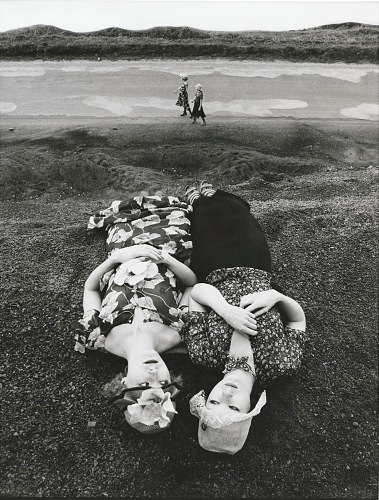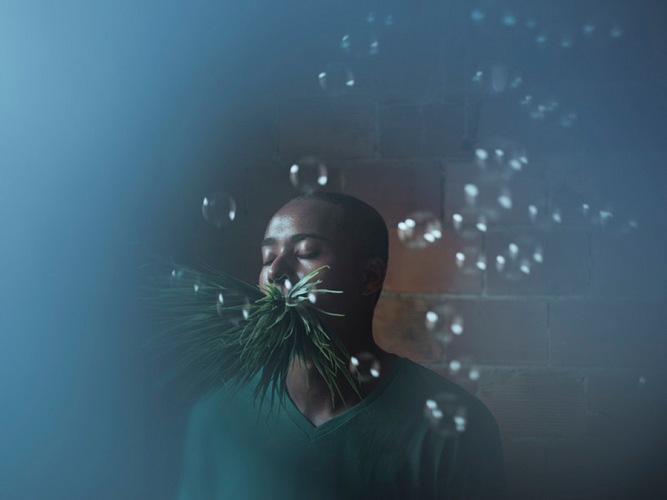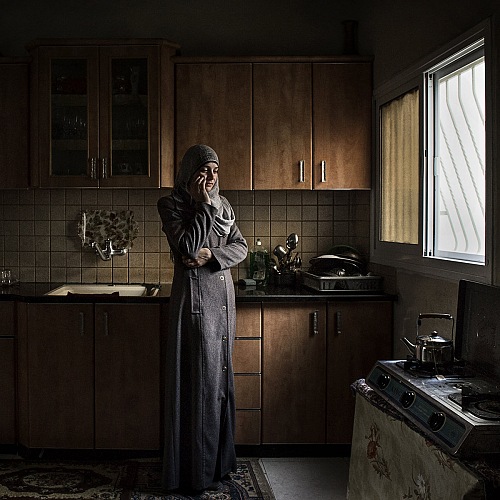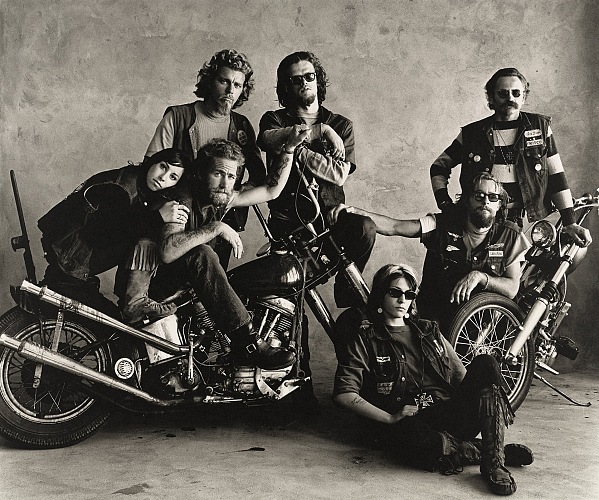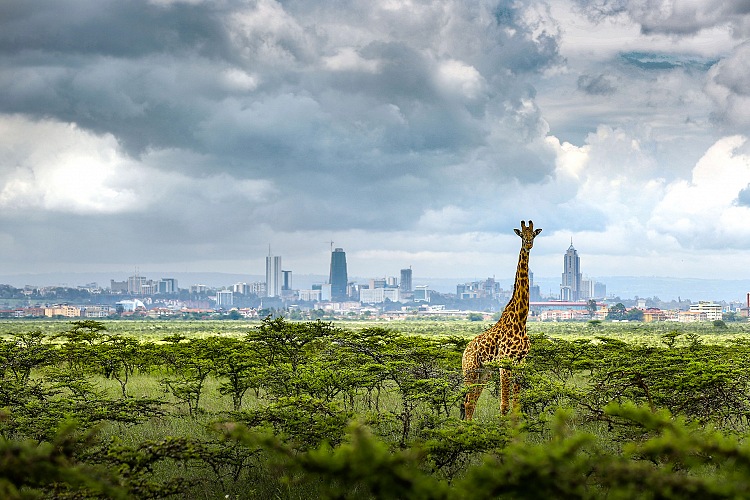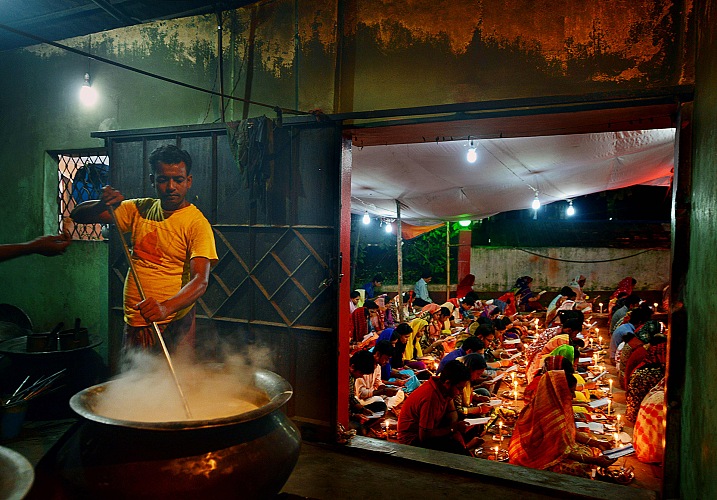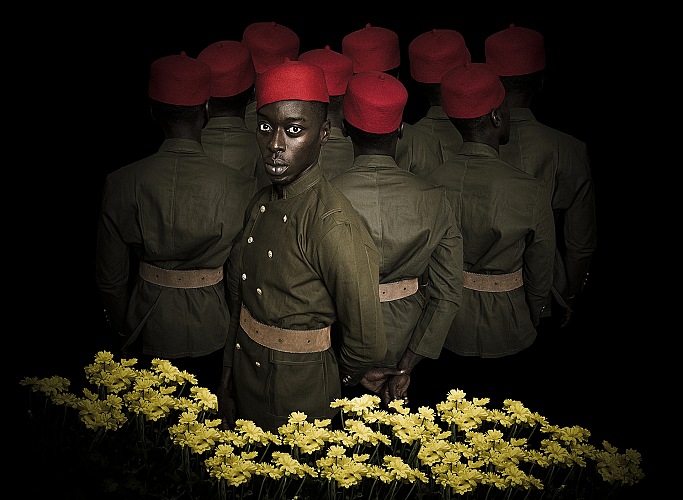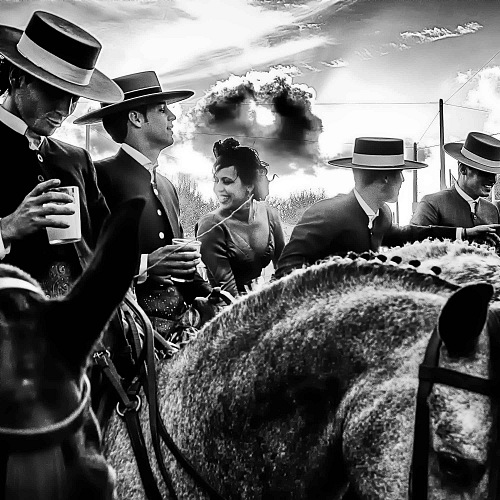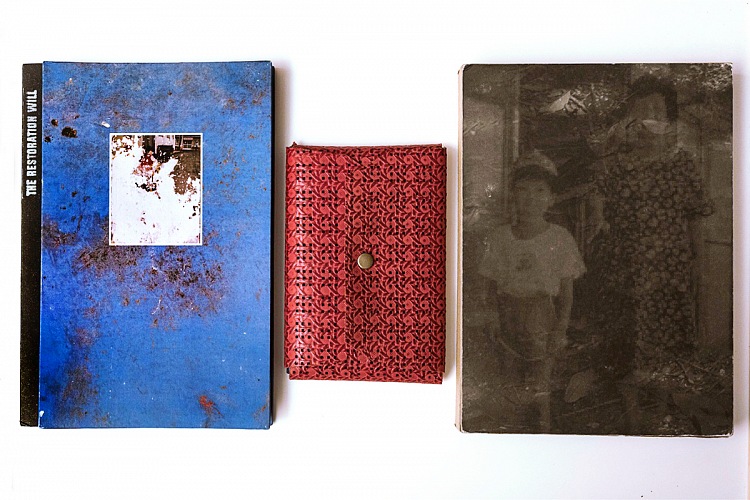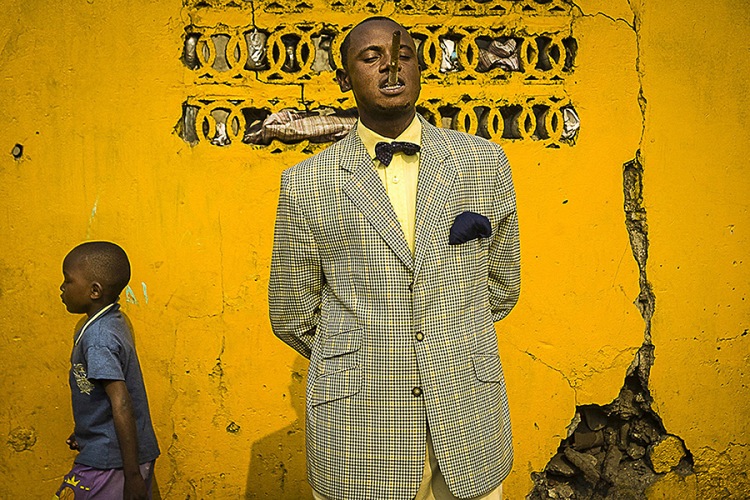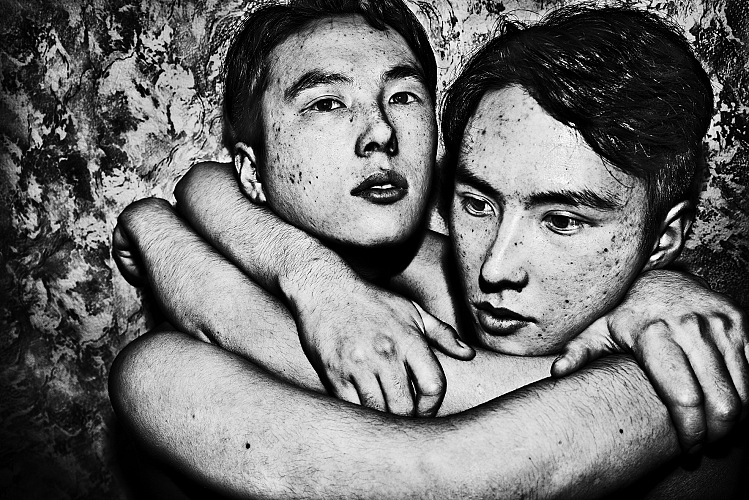Ōtsuchi Future Memories
11th March, 2011. A tsunami, originated by an earthquake of magnitude 9 off Japan, hits the northern eastern region of Tohoku. In Ōtsuchi-chō, in the prefecture of Iwate, 10% of the population dies or is declared missing, 60% of inhabited buildings are destroyed or damaged. The fury of the tsunami goes as far as to... deposit the boats present in the port of this fishing town on the roofs of the houses. After the initial shock of the tragedy, the population begins reconstruction work which is not limited to the elimination of debris and the reconstruction of buildings destroyed or compromised. From the mud is retrieved the familiar images that make up the private memory of the city. Water, salt and soil have devastated, consumed them, dissolving its colours, until they appear completely abstract in some places. It is the same memory of the individual that is altered, sometimes erased and redrawn at times with their emotional substrate, swept away like the buildings wiped out by the force of the sea. Those exact colours melted on the surface of the images end up striking Alejandro Chaskielberg who, after reproducing them, in post-production he clones them to partially colour the black and white images realised in large format of the disaster areas.
Part of the project Ōtsuchi Future Memories consists of portraits of the survivors posing on what remains of their homes. In these images, the mixture between very long exposure times (several minutes) and illumination in light panting produces images with a formal appearance somewhat unsettling for the viewer. The resulting effect is that of a further opening towards the reflection on memory, an expansion of vision that moves from the social plan to the Statute of photography. If the latter, mainly in its vernacular declination, is the depositary of a role of conservation and protection of memories, how can you reconstruct a memory for the future sinking roots in what essentially has been lost?
Alejandro Chaskielberg’s answer is in the production of new images in which the content refers to what has been and now has gone. In this way the recovery of those colours dissolved on the surface of the old souvenir photo with their historical and emotional substrates, and the overlapping of the images of the present where, what is more appear traces of the past, which portray the last bastion of the memory to begin the construction of the future without losing the sense of their origins.
During the meeting with the public conducted by Paul Moakley (Time), Chaskielberg further emphasized the conceptual of his work, showing an image in which the structure of a building has been razed to the ground was returned by a series of successive shots made on the same negative. During each of them, an assistant held white illuminated tubes in light panting, reconstructing a kind of white skeleton that, in the night, evokes what could be the original structure of the building. Hands illuminated at the gripping point of the tubes, and the tubes themselves, indicating the persistence of a memory that goes beyond reality and launches itself like a bridge towards the future.
An exhibition, in conclusion, that requires attention during the visit and that certainly requires an interpretation that is freed from apparent reportage-type vocations, making the deep conceptual connotations explicit.
- - -
ŌTSUCHI FUTURE MEMORIES
by Alejandro Chaskielberg
Ex Magazzino delle Carni | untill September, 20th 2015
admission fee: 3,00 €
VISIT THE FPmag INSTAGRAM PAGE
published on 2015-07-17 in NEWS / EXHIBITIONS
COTM COTM2015more in EXHIBITIONS
categories
EXHIBITIONS CONTEST WORKSHOP EVENTS MELTINGPOT BOOKS PORTFOLIO VIDEO ONGOING THEMATICPATHS YTOI OPINIONS FPART COVER READINGIMAGES SMARTFOLIO FPBLOG FPLAB
recent news
FPmag
editor in chief Sandro Iovine | sandro.iovine@fpmagazine.eu - senior writer Stefania Biamonti - web developer Salvatore Picciuto | info@myphotoportal.com - linguistic coordination Nicky Alexander - translations Nicky Alexander, Rachele Frosini - contributor Davide Bologna, Mimmo Cacciuni Angelone, Laura Marcolini, Stefano Panzeri, Pio Tarantini, Salvo Veneziano - local Lazio correspondent Dario Coletti local Sardinian correspondent Salvatore Ligios - local Sicilian correspondent Salvo Veneziano - editorial office via Spartaco, 36 20135 Milano MI | redazione@fpmagazine.eu - phone +39 02 49537170 - copyright © 2015 FPmag - FPmag is a pubblication of Machia Press Publishing srl a socio unico, via Cristoforo Gluck, 3 20135 Milano MI - VAT no. 07535000967 C.F. (TAX code) 07535000967 - Copyright © 2015 FPmag - Registered at Tribunale di Milano No. 281 on the 9th September 2014








